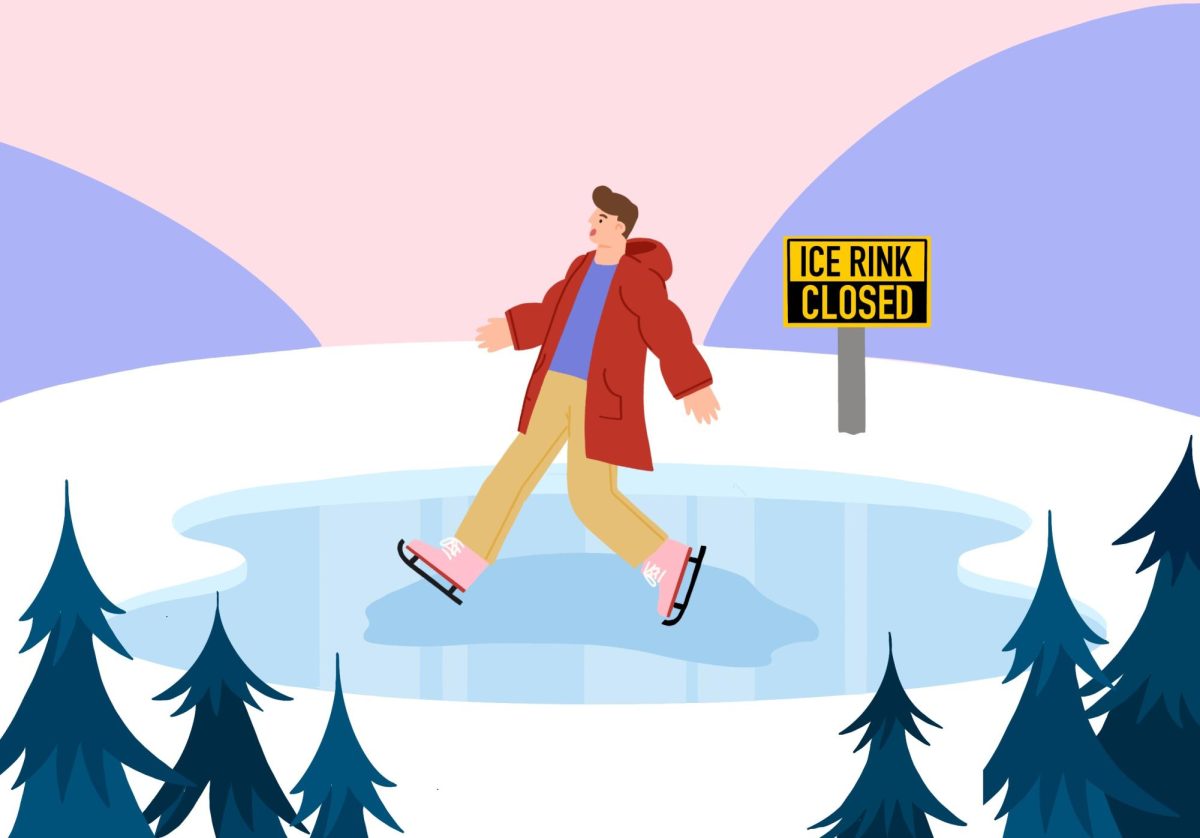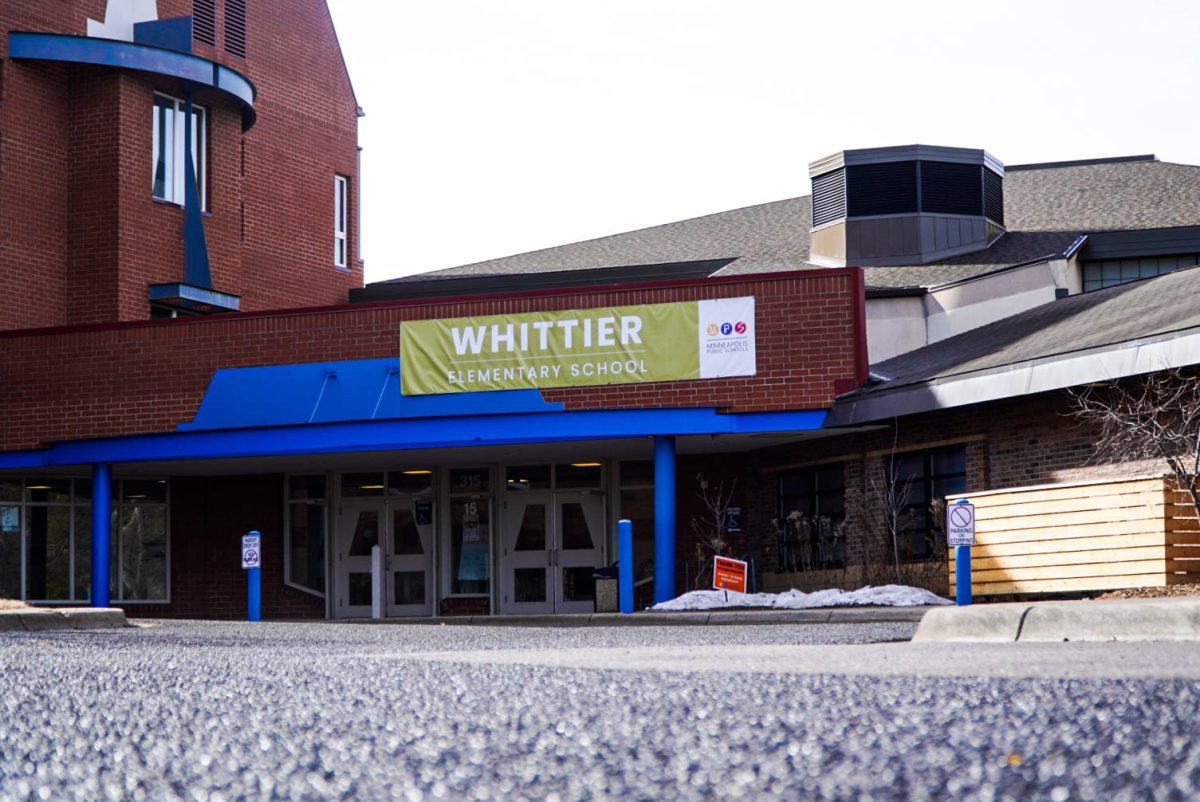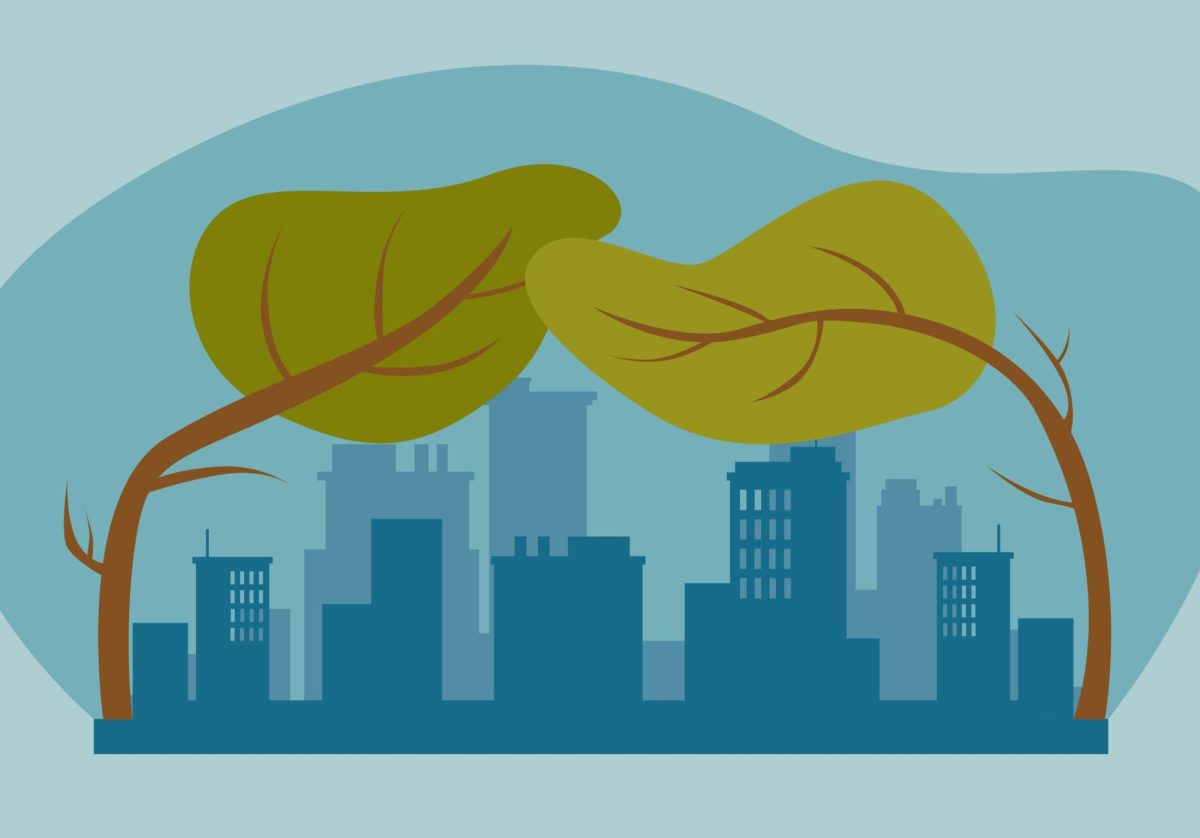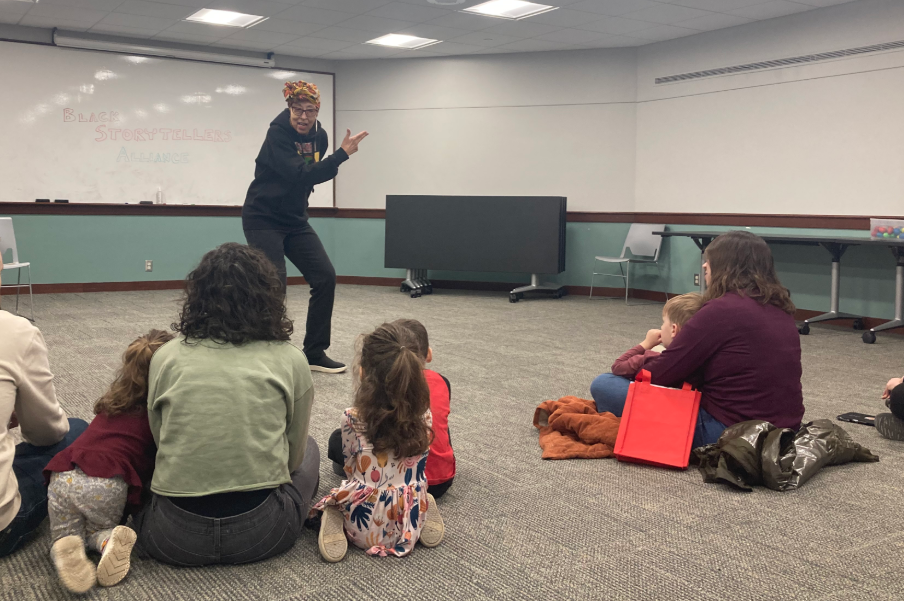The Minneapolis Parks and Recreation Board (MPRB) announced ice rinks at Powderhorn Park and Webber Park will remain closed this winter due to budget and climate change concerns.
The closures originally included Windom Northeast Park, but the MPRB has since reversed that decision, according to an MPRB statement. However, up to three more ice rinks may close next year.
The MPRB has to address an around $1.5 million gap in funding from the city budget. One way MPRB is dealing with the declining funding is by decreasing the number of public ice rinks from 22 to 17 over two years, as well as reducing operation hours.
Ice rinks at Powderhorn Park and Webber Park will not open this winter under the current MPRB recommendation, the MPRB statement said. The Lyndale Farmstead Ice Rink is being considered for closure in winter 2025-2026.
The MPRB has until the city finalizes the budget on Dec. 10 to decide what ice rinks will remain open.
Powderhorn and Webber were chosen due to the rinks being built on water bodies, making them harder to maintain, MPRB spokesperson Robin Smothers said. The other ice rinks were chosen due to proximity to other rinks or other maintenance or construction issues.

Along with budget concerns, the MPRB said the closures were motivated by last year’s warm winter, where skating was only possible for about one week, according to reporting from The Minnesota Star Tribune. The city spent nearly $890,000 in January to upkeep the ice rinks, breaking down to almost $111,000 each day.
Minneapolis Titans Youth Hockey Board President Cory Larson said he was sad to hear the city might close down more rinks.
“I think it’s important to keep (the ice rinks) open,” Larson said. “It brings the community together and allows for a nice way to be outside and away from the stresses of the world and all the screens.”
Having a free ice rink option makes skating more accessible for everyone, Larson said.
“It’s just that indoor ice time can be so expensive,” Larson said. “It’s nice to have an option where you don’t need to pay for it.”
Larson said if more ice rinks close in the future, it may become more difficult for kids to find a low-cost rink.
“I think (there’s) a private rink downtown that maybe they could still use, but they have to pay for that,” Larson said. “The other indoor rink in the neighborhood is rented out for a month in advance, so you can’t just go there. So there would be no option really.”
With fewer free public ice rinks, kids may not develop an interest in skating and hockey, Larson said.
“(Kids) wouldn’t know what they’ve been missing,” Larson said. “So I think our numbers would dwindle.”














